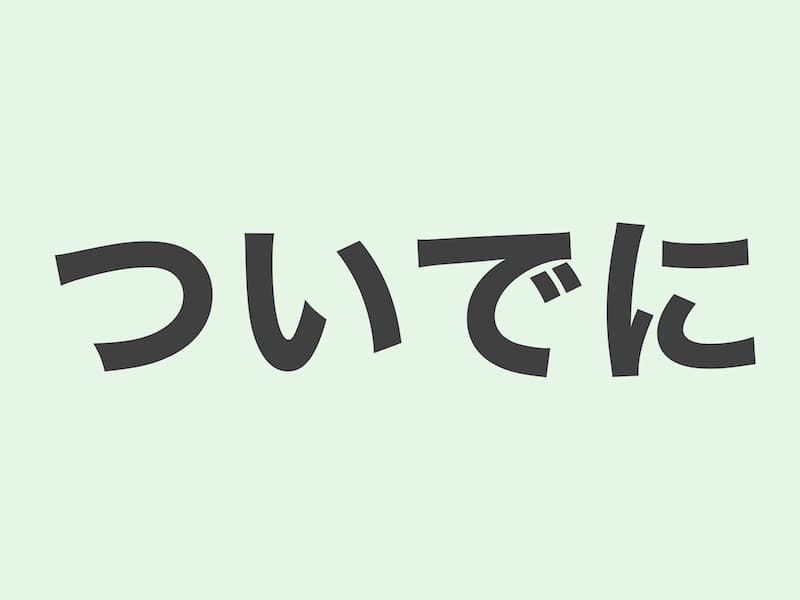説明 (Explanation)
文法(Grammar):普通形(辞書形・た形・名詞の)+ついでに
意味 (Meaning):「ついでに」とは、ある特定の目的を達成するために行動している際に、その行動の他に別のことも同時に行うことを意味します。この言葉は、本来の目的とは直接関係ないけれども、同じ場所や同じ時間を利用して、別のことを同時に行う状況や行動を指します。
英語(English):”ついでに” refers to doing something else while accomplishing a specific task or objective. It involves doing an additional task that is unrelated to the main objective but can be conveniently done during the same time or in the same context.
JLPT Textbook Recommendations
例文 (Examples)
- パンを買いに行くついでに、郵便局にも行きます。
- 買い物へ行ったついでに、友達とランチをしました。
- 出張のついでに、観光しました。
- 散歩のついでに、近くのカフェでコーヒーを飲んだ。
ひらなが (Hiragana)
- パンをかいにいくついでに、ゆうびんきょくにもいきます。
- かいものへいったついでに、ともだちとランチをしました。
- しゅっちょうのついでに、かんこうしました。
- さんぽのついでに、ちかくのカフェでコーヒーをのんだ。
英語翻訳 (English Translation)
- I’ll stop by the post office on the way to buy bread.
- While out shopping, I had lunch with friends.
- During the business trip, I did some sightseeing on the side.
- During the walk, I grabbed a coffee at a nearby café.





コメント